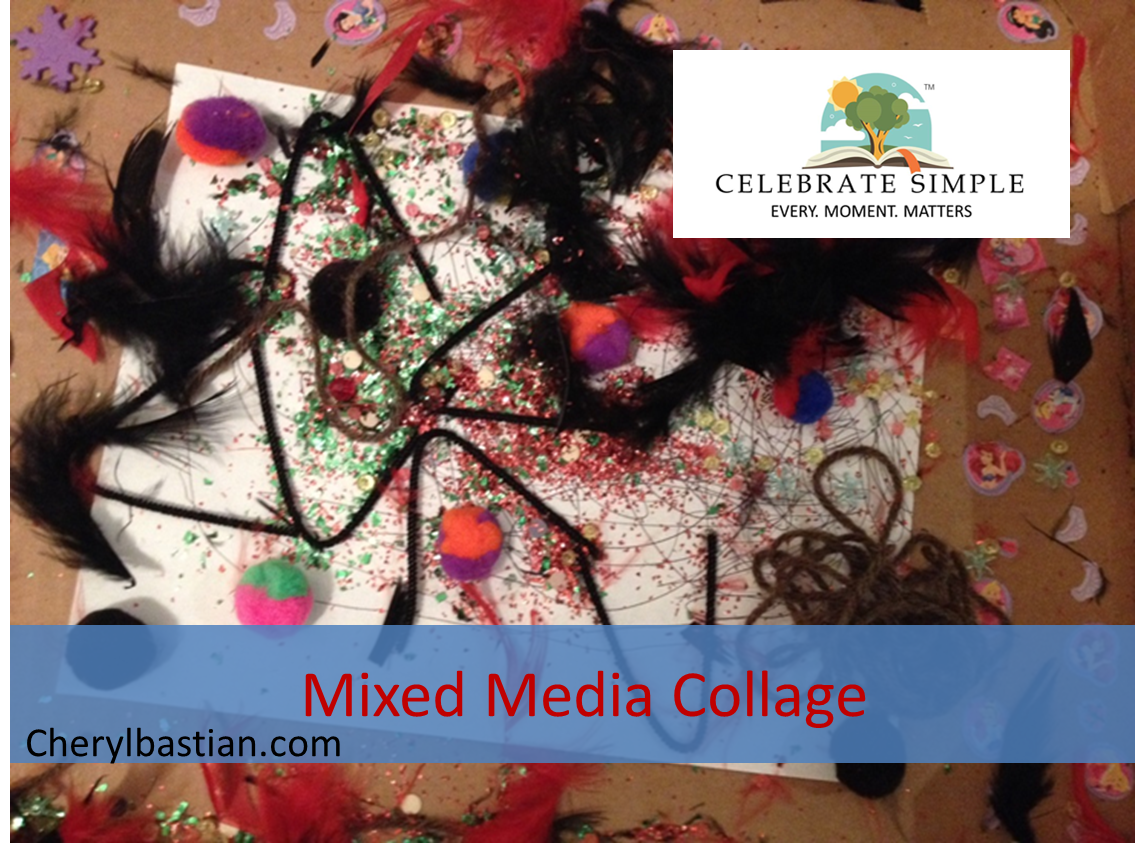Elementary Art Appreciation: Collage Art
/”I am an artist and I never looked at picture books as a means for children to study and appreciate art technique.”
I had just presented my workshop Picture Books, Paper and Paint Brushes to a room of parents eager to learn how picture books could foster curiosity and creativity in children. After sharing engaging titles and practical ideas for art application—the activities I’ve watched children love—attendees were motivated to give art a try.
Picture books are inviting literary tapestry of word and art.
Perhaps you are wondering whether you can take on art appreciation or instruction in your home. YOU can! Yes, it may be messy. If that’s what’s holding you back, give yourself permission to take art outside. There are some days we do just that, especially if I want to cut down on the chances of paint in the grout and glue on cabinet handles. Whether art takes place indoors or out, over time I’ve observed children gain an appreciation for the art they see everyday in the books they love.
And, along the way, they learn they can be an artist, creative and able.
It’s the illustrations in the books they love which inspire them to try art or use it in a new way.
So, what is collage?
Collage is the assemblance of materials—paper, nature, fabric, ribbon, photographs—arranged on a surface. It’s a creative array.
Children love to explore this art technique. In fact, as they find their creative sweet spot they will discover more items to collage.
To begin our collage study, I pull picture books from our home library shelves or plan a trip to the local library. The goal is to find as many different examples of collage art used in illustrations as possible. If you are gathering a collection of collage-illustrated picture books, look for
Blackstone, Stella, Ship Shapes (fabric)
Carle, Eric, A House for Hermit Crab (painted tissue paper)
Ehlert, Lois, Pie in the Sky (paper)
Ehlert, Lois, Snowballs (found objects)
Flemming, Denise, Barnyard Banter (found objects)
Lionni, Leo, Swimmy (prints and paint)
Once we collect picture books, we compare illustrations. I spend some time pointing out the different items these author-illustrators utilize to create their illustrations. We talk about the differences and consider what we have around the house which might be used to create collage. We gather those supplies. Generally, I allow my children to gather what they want to use. However, when working with little learners, I may simply supply different types of paper—tissue, news, construction, wallpaper—and some glue. For children practicing cutting skills, I keep blunt-end scissors on hand to encourage their fine motor skills. For the youngest artists, I show them how to create collage with torn paper or let them watercolor on paper which I cut in squares for them to happily glue while the older learners create their masterpieces.
Sometimes our study of an art technique lasts several days. Other times it’s a perfect rainy afternoon activity. Later at night, I read one or two of the books aloud (great for building language arts and reading skills).
Perhaps you are wanting to dig a bit deeper into the study of collage art. Here are some suggestions:
1. Study artists who use the collage method, especially children's book illustrators. Learn about Eric Carle, Leo Lionni, Lois Ehlert, and Denise Fleming. One of our favorite video lessons features Eric Carle in his studio and this trailer for Picture Writer: The Art of the Picture Book.
2. Compare the mediums used by these authors. Try using the artist's techniques with found objects from the around the house. Make a book of the collage pieces created.
3. Research the history of collage.
4. Visit an art museum. Look for examples of collage art.
If you are looking for a helpful collage art resource with ideas, check out I Love to Collage! by Jennifer Lipsey. It’s excellent; empowering (especially for kids and parents who think they were born without creativity), and written with just the right amount of encouragement needed to fuel inspiration. The author explores a multitude of mediums—tissue paper, newspaper, painted papers, torn paper, nature findings and more—detailing twenty activities with step-by-step instructions. My girls were particularly interested in the Tasty Treats project which involved painting papers and then cutting shapes to make a yummy treat. The results were an ice cream sundae and cone. Brilliant hues and impressive images (almost good enough to eat) were the end result.
Collage is not the only art technique which deserves attention. Find out more about painting, photography, digital art, clay, print making, and drawing. Your child’s curiosity and creativity might just be the guide you are looking for.










